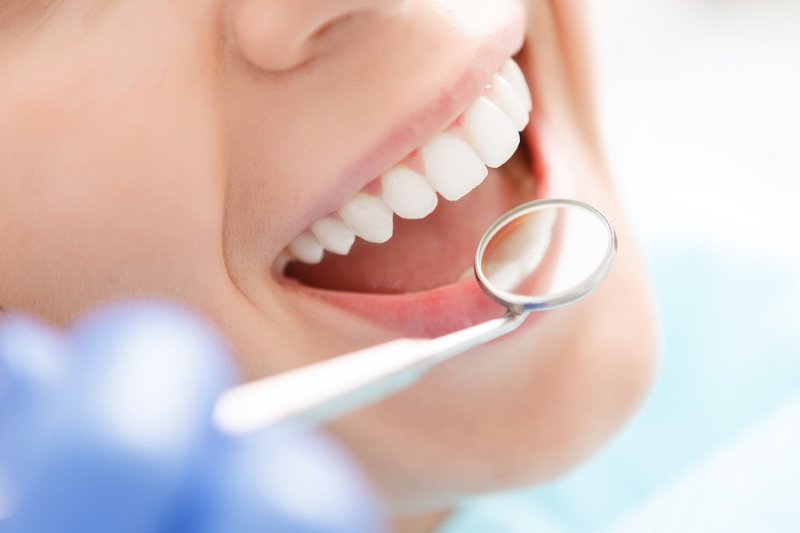Choosing the right orthodontic treatment can be a daunting decision. With options like Invisalign and conventional braces, it’s important to understand how they differ and which one meets your needs. This guide breaks down the key differences, advantages, and limitations to help orthodontic patients make an informed choice.

What Is Invisalign?
Invisalign is an innovative orthodontic treatment that uses clear plastic aligners to straighten teeth. These aligners are custom-made, snugly fitting over your teeth and gradually shifting them into place.
Advantages of Transparent Aligners
- Discreet Appearance: Invisalign aligners are transparent, making them a popular choice for patients seeking a subtle aesthetic. They are virtually invisible in photos or conversations.
- Removability: The aligners can be removed for eating, drinking, brushing, and flossing. This allows for better oral hygiene and no dietary restrictions.
- Comfort: Made from smooth, BPA-free plastic, Invisalign aligners are generally more comfortable than the metal brackets and wires of traditional braces.
- Convenience for Lifestyle: Invisalign has less impact on daily routines, and there are typically fewer visits to the orthodontist compared to conventional braces.
Limitations of Transparent Aligners
- Effectiveness in Complex Cases: Invisalign is ideal for mild to moderate orthodontic concerns such as minor crowding or gaps. However, complex cases like severe misalignment or significant jaw issues may require conventional braces.
- Discipline Required: For Invisalign to work effectively, the aligners must be worn for 20–22 hours per day. This requires patient compliance, and aligners may not be suitable for younger children unable to commit to this routine.
- Costs: Invisalign can be more expensive than conventional braces, depending on the orthodontic clinic and the complexity of the case.
Classic Braces: The Traditional Option
Conventional braces have been the go-to orthodontic solution for decades. Using metal brackets, wires, and sometimes elastic bands, they gradually move teeth into their proper positions.
Advantages of Conventional Braces
- Effective for All Cases: Braces can handle all levels of complexity, from minor alignment issues to severe orthodontic cases involving jaw positioning and major tooth movement.
- Predictable Results: Orthodontists can make precise adjustments during regular checkups, ensuring optimal results.
- Constant Wear: Unlike Invisalign, braces are fixed to the teeth, eliminating the possibility of misplacement or forgetting to wear them.
Disadvantages of Conventional Braces
- Visible Appearance: Braces are highly noticeable, which may make some patients feel self-conscious.
- Discomfort: Metal brackets and wires can sometimes cause irritation inside the mouth, especially after adjustments.
- Lifestyle Restrictions: Certain foods like sticky, hard, or chewy items are off-limits. Brushing and flossing around braces also requires extra effort.
Age restrictions
- Children:
Conventional braces are often recommended for children. Since younger patients may not yet have the discipline needed to maintain Invisalign routines, braces provide a no-fuss, fixed option for correcting alignment early.
- Teenagers:
Both Invisalign and conventional braces can work for teens. Invisalign may appeal to socially conscious teens or those engaged in sports, while traditional braces are better for more complex orthodontic problems.
- Adults:
For adults, appearance and convenience are often the priorities. Invisalign’s discreet and removable aligners make them a popular choice. However, traditional braces may still be necessary for more advanced cases.
Financial Aspects
Finances play a key role in any orthodontic decision. Conventional braces are generally more affordable than Invisalign, though costs can vary based on the extent of treatment. Many insurance plans cover part of the cost for both options, and clinics such as Centre Dentaire Lancy often offer flexible payment plans to make treatment more accessible.
Duration of Treatment
- Conventional Braces: The average treatment time is 18–36 months, depending on the complexity of the case.
- Invisalign: Treatment typically takes around 12–24 months but may extend for challenging cases. With Invisalign, patients can sometimes see quicker results for mild issues.
Lifestyle Considerations
- Diet: Invisalign allows you to eat and drink almost anything, as aligners are removed during meals. With braces, you’ll need to avoid hard or sticky foods that could damage the brackets.
- Oral Hygiene: Invisalign makes brushing and flossing easier since the aligners are removable. With braces, patients need to take extra care to clean around the brackets and wires.
- Convenience: Invisalign patients visit their orthodontist less frequently (every 6–8 weeks) compared to traditional braces, which require monthly adjustments.
Invisalign vs. Conventional Braces: Get Advice at NewStar Dental
Deciding between Invisalign and conventional braces doesn’t have to be overwhelming. At NewStar Dental, our experienced team specializes in personalized care to help you choose the treatment that suits your lifestyle, budget, and orthodontic requirements.
Contact us today to schedule your personalized consultation and take the first step toward your perfect smile. Whether you prefer discreet aligners or reliable braces, we’re here to guide you every step of the way!
